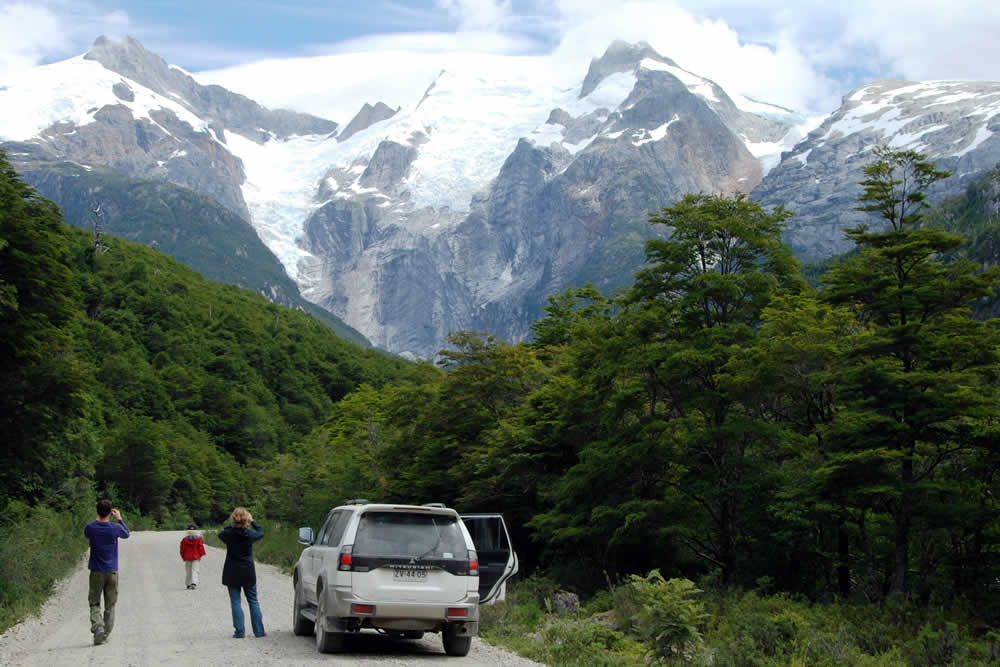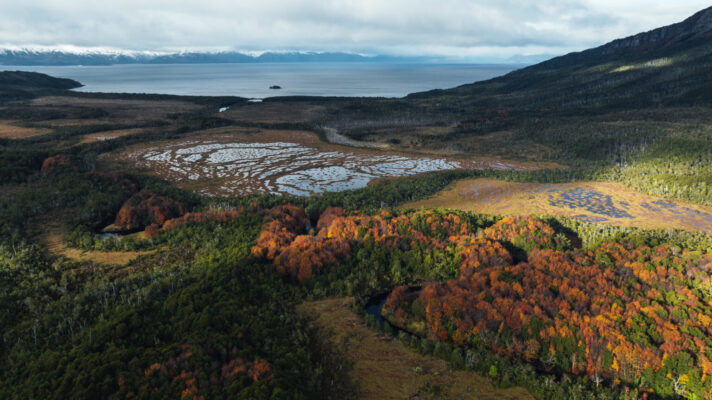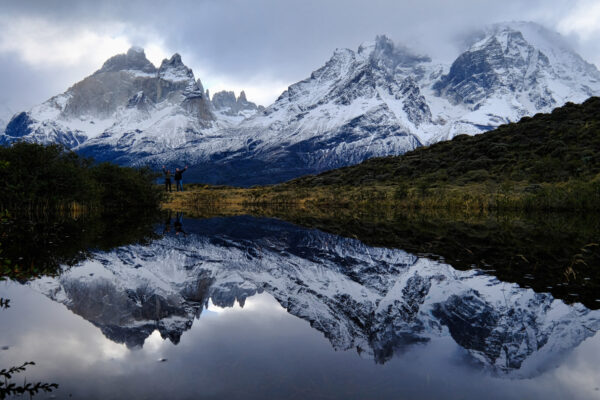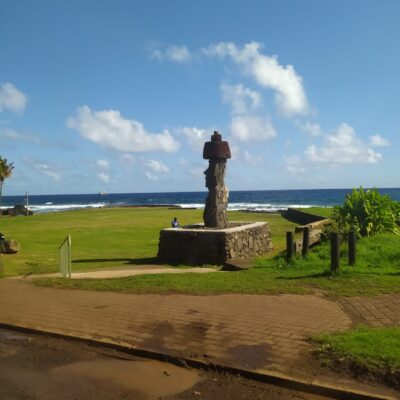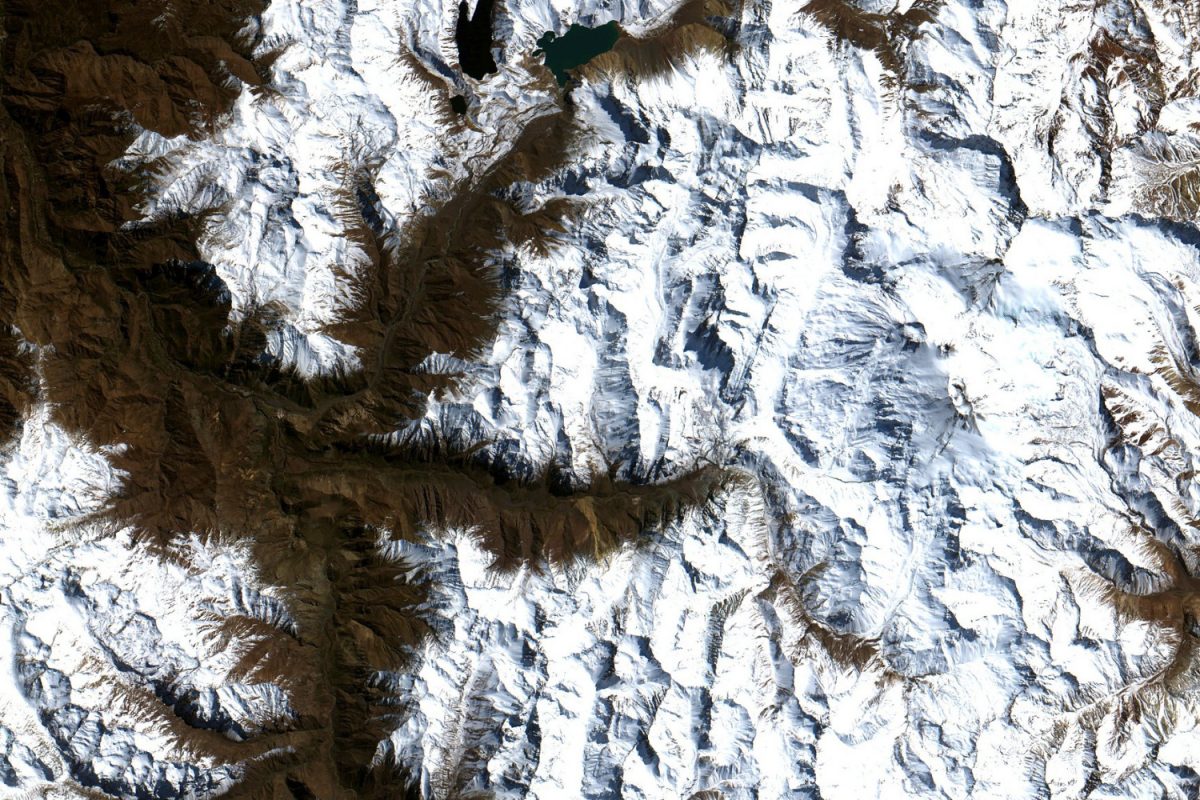Protect fragile high mountain environments of great landscape value
The new state protected wildlife area administered by CONAF is located in the commune of San José de Maipo, in the Metropolitan Region and was created in March 2022.
The executive director of the National Forestry Corporation (CONAF), Rodrigo Munita, highlighted the creation of this park, explaining that “in addition to bringing nature closer to the inhabitants of the Metropolitan Region, this national park has important attributes to become an important reservoir for research, education and environmental interpretation. Of particular importance is the potential for research on glacier dynamics, mountain hydrological studies, sedimentation, and nutrient supply.”
The Glaciers National Park in Chile covers an area of 75,114 hectares in the commune of San José de Maipo, in the Cordillera province of the Metropolitan Region, in the upper reaches of the Olivares and Colorado river basins (above 3,600 meters).
Of the total surface of this new protected area, 20,760 hectares correspond to glaciers (27.6%), including the Olivares Gamma, Juncal Sur, and Tupungatito Volcano Glacier, which contribute fundamentally to the availability and regulation of the Metropolitan Region’s water regime.
Some of the most relevant aspects of this national park focus on the scenic beauty and geomorphology of the place, which is characterized by a high mountain relief, very irregular, with various forms originated by internal morphogenetic processes (volcanism) and external (mainly glacial and gravitational).
The objectives of the Santiago Glaciers National Park are:
- To protect high mountain environments, fragile, of great scenic value and especially the associated glaciers, essential for the regulation of the water regime of the Olivares and Colorado river basin and strategic water reservoirs for the Metropolitan Region.
- To ensure the protection of specimens of several species of native flora adapted to mountain environments, such as Nassauvia species
- To ensure the protection of specimens of several species of native wildlife that are in conservation category, such as: puma, red fox, quique, guanaco, Colocolo cat, piuquén, peregrine falcon, kestrel, Cortacorriente duck and spiny toad; and Offer opportunities for the development of public use activities in the form of recreation, through special interest tourism and scientific research in high mountain environments.)


